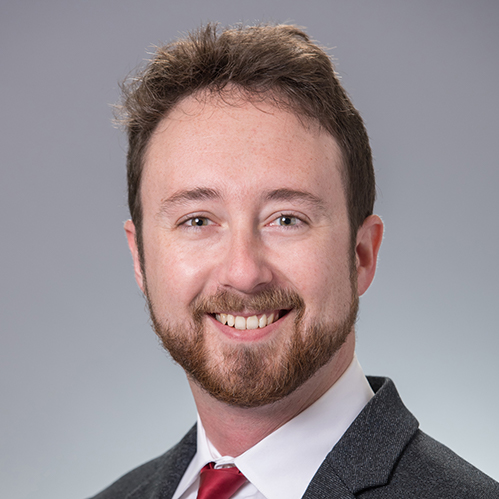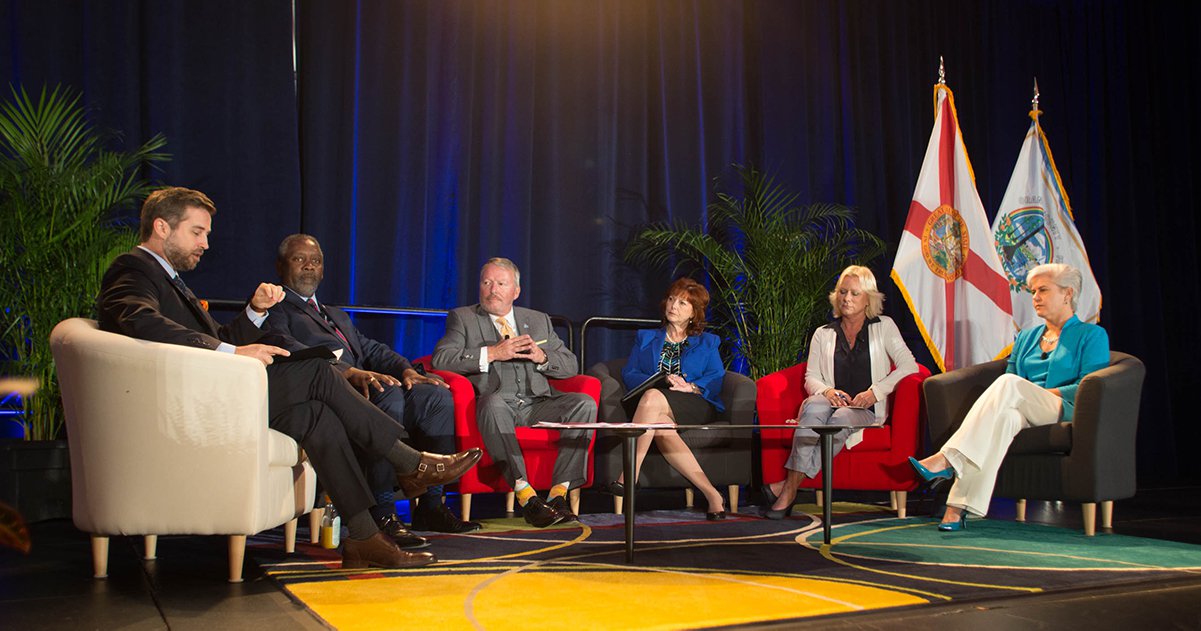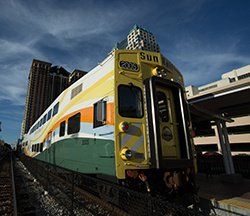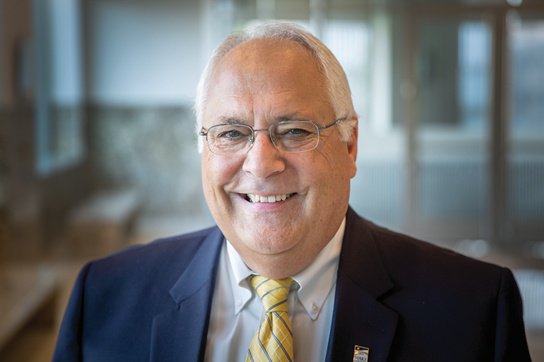With more people on the Orlando’s roadways, transportation leaders are shifting focus toward multimodal solutions fueled by public-private partnerships.
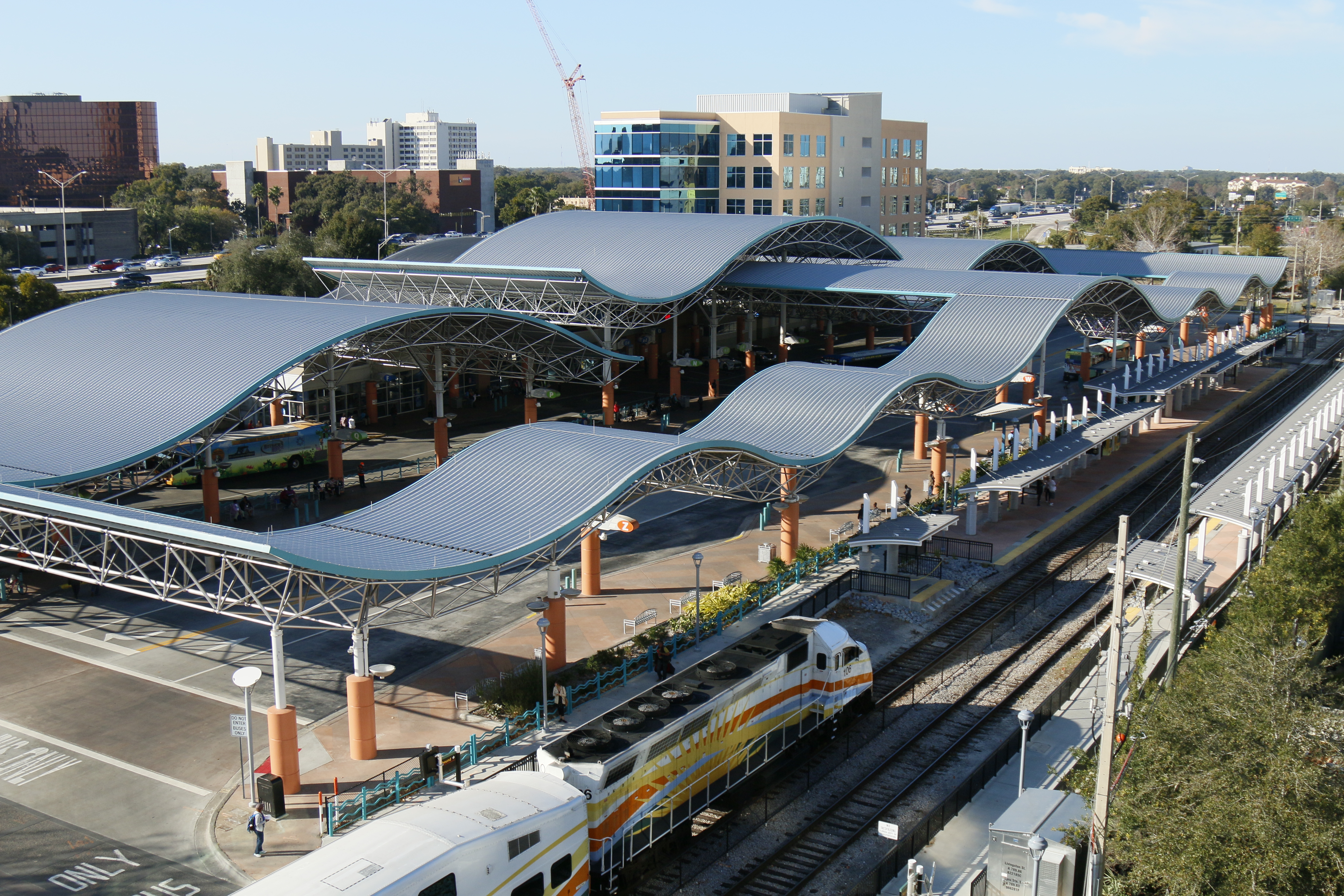
Transportation doesn’t start or stop at the county line. It impacts everyone. That’s especially true when the Orlando region is experiencing exponential growth. With more people on the roadways, regional and state transportation leaders are coming together and shifting their focus toward multimodal infrastructure solutions fueled by public-private partnerships with an emphasis on future-forward, big-picture thinking.
“I’ve never felt as positive about transportation in Central Florida as I do right now,” Executive Director of MetroPlan Orlando Gary Huttmann says. “We’re growing up as a city and congestion is simply a symptom of success.”
Moving to Multimodal
According to 2015 U.S. Census Longitudinal Employer–Household Dynamics data, approximately 159 thousand people commuted to work into the Orange, Osceola and Seminole County corridor from outside the region, while 56,000 commuted from the corridor to the surrounding counties. Last year, each Orlando commuter spent 74 hours in congestion, costing them $1,037 according to the 2018 INRIX Mobility Scorecard.
“We’re maxing out roadways,” Florida Department of Transportation (FDOT) District Five Secretary Michael Shannon, PE, says. “We’re at that tipping point where we’re starting to look toward multimodal options.”
Such solutions can include commuter assistance programs, incorporating advanced technology into transportation system management and operations, expanding frequency of commuter rail and bus systems with an emphasis on last-mile connectivity, bicycle and pedestrian safety initiatives and strategic intermodal systems.
By Air, Sea and Space
Lauren Farrell, Spaceports and Aviation Specialist, FDOT, Aviation Program, says District Five has a distinct advantage in terms of the amount of economic impact generated by the region’s unique transportation ecosystem. “District Five is known as one of the best regions in the country for aviation due to our topography, weather and existing infrastructure.” It’s also the only district in the nation with multiple international airports, a seaport and a commercial spaceport.
Statewide, Florida’s aviation programs generate $175 billion in annual economic activity, with District Five accounting for $51 billion of the total. The Seaport Program at Port Canaveral represents $1.1 billion in business service revenue and Space Florida’s activity supports 21 new aerospace companies, creating 3,480 jobs
“We no longer just talk about roadways when we talk about transportation,” Shannon says. “There are all kinds of ways to travel. Instead, we talk about transportation systems. It’s about building pathways for all modes of transportation. Infrastructure to support businesses, freight, tourism and the workforce.”
By Us All
“We must change behaviors to accommodate our growing population,” Huttmann says. “I’m optimistic about our region coming together to find a solution.”
Part of the solution is collaboration between local governments, transportation authorities and private companies. One prominent example is the I4 Ultimate project. Kathy Alexander, Program Management Administrator, FDOT, says public and private partnerships leverage limited funding to balance the needs of users while enhancing overall quality of life. For I4, such collaboration included agreements for joint ponds, shared drainage, real property donation or exchange, improvement donations and in-kind contributions.
In Altamonte Springs, FDOT District Five partnered with the St. Johns River Water Management District, Florida Department of Environmental Protection (DEP), the City of Altamonte Springs and the City of Apopka. This creative drainage project leveraged the existing lake at Cranes Roost to effectively eliminate the need for FDOT to purchase parcels along I-4 for water retention while simultaneously providing a source of replenishment for reclaimed water for the Cities of Altamonte Springs and Apopka.
“Guided by principles in tune with a growing region, the overarching regional transportation vision consists of providing a plethora of transportation options,” Orlando Economic Partnership Alliance for Regional TransportationConsultant Jim Hartmann says. “This is a shift in mindset from moving cars to reliably moving people and goods.”
The quality of a region’s transportation system has a direct impact on its quality of life, economy and the character of its communities. It’s key to supporting inclusive growth and broad-based prosperity™, especially in a region growing as fast as Orlando.
